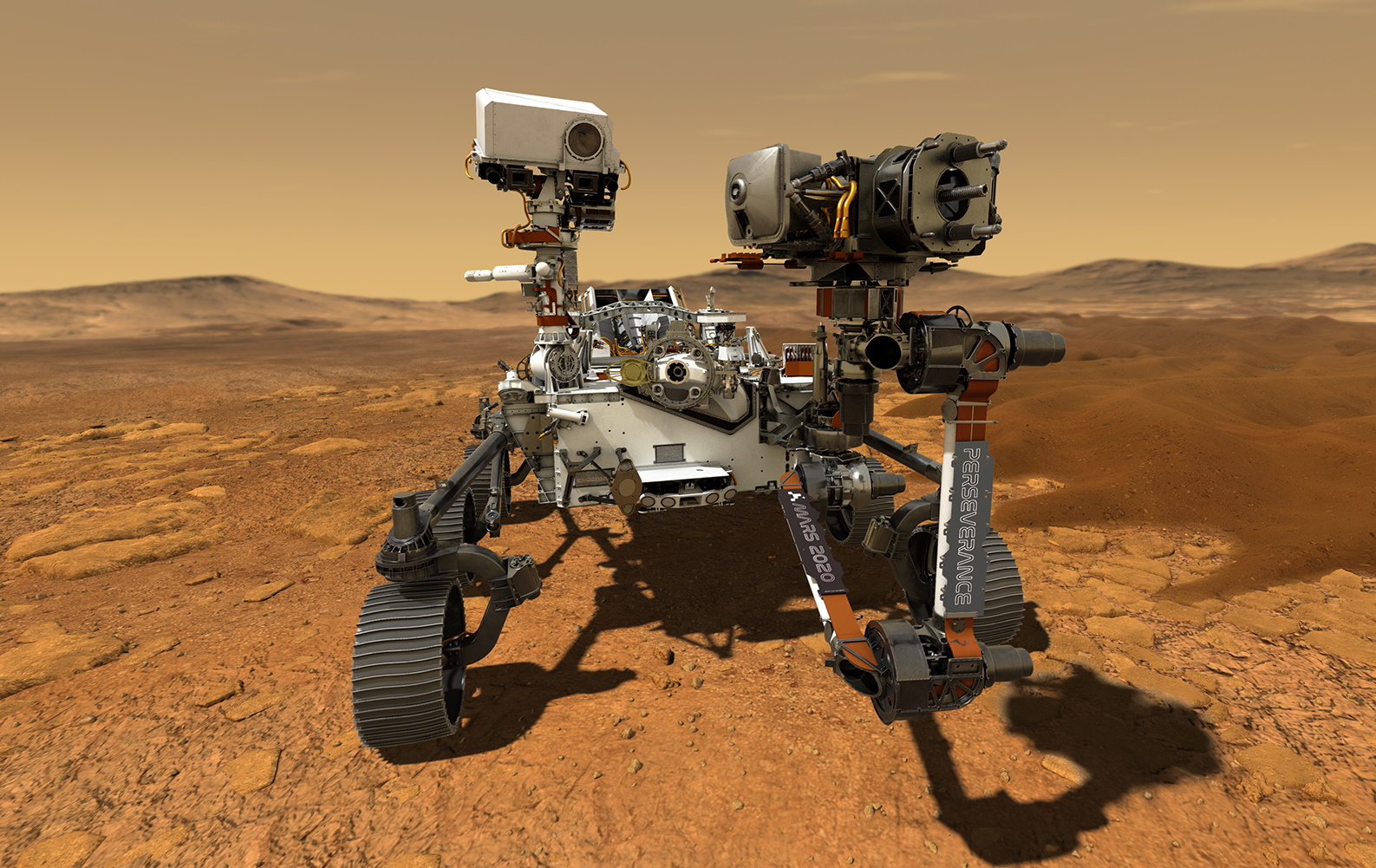Coronavirus rattles NASA, but Commercial Crew and Mars Perseverance rover are on track
Most of NASA's facilities around the country have been shut down, and while some teams can work (and drive a Mars rover) from home, others are knuckling down to get some crucial missions out the door - or face a half-billion-dollar late fee, said agency head Jim Bridenstine.
In an interview with the Planetary Society published today, Bridenstine discussed a variety of interesting topics, but none more immediately salient than the effect of the coronavirus pandemic on NASA's work.
With projects tentatively scheduled for as long as a decade out, there's plenty of wiggle room. But not every mission has that luxury, he explained, and the two that have been deemed truly essential - and therefore warranting NASA employees actually coming in to work - are the Commercial Crew program and the Mars Perseverance rover (formerly known as Mars 2020 and recently renamed in a very cute contest).
Commercial Crew has SpaceX and Boeing competing to provide an American-built alternative to the Soyuz spacecraft we've been using exclusively to send astronauts to the International Space Station since we retired the last Space Shuttle in 2011.
"That's an essential function really for one reason. We have to make sure that we have access to the International Space Station, which is a $100 billion investment by the American taxpayer," Bridenstine said. "So that mission is going forward."
Going forward as early as next month, in fact, a date that has remained remarkably solid during a tough time for industries around the world, and in a program that has seen any number of speculative deadlines come and go.
Later in the interview he clarified that the Crew Dragon and Starliner capsules are not meant to be complete and permanent replacements for the Soyuz and Russian launch vehicles, but an alternative to make sure access is assured and the relationship to Russia isn't one of dependency. Late last year a Soyuz failure nearly led to the ISS being empty for the first time ever, but quick work by investigators got things going again quickly. Having multiple vehicles ready to go would reduce the likelihood of that kind of crisis occurring.
The second mission that has been deemed essential is the next Mars rover, Perseverance.
"That's mission essential for one reason and that is that we have a very limited launch window to go to Mars," explained Bridenstine.
Unlike satellites going to orbit or even missions to the Moon, which have long and frequent launch windows, spacecraft going to Mars must be launched at times when our two planets are at very specific points in their orbit, in order to have shorter travel time and arrive precisely at the location planned. Interplanetary travel is a very exact science, and failing to get Perseverance out the door on time (July 17 in this case) would be disastrous.
"If we miss that launch window, it will cost us upwards of $500 million over the course of two years, if not wreck the mission altogether, which we do not want to have happen," Bridenstine said.
He was careful to add that this would not be accomplished at the cost of NASA employees' health:
They're going to work with as many precautions as we can attain. We're spreading the people apart. We're putting people on different shifts, so they're not at work at the same time. And then using PPE [personal protective equipment] when and where appropriate.
Look, if there's anybody in the NASA workforce that doesn't feel comfortable doing what they're doing, we want them to say so and we want them to feel free to do something else. We wanna help them in fact do something else. We don't want anybody to do anything that makes them feel uncomfortable or unsafe. Our employees are the number one highest priority of the agency and we want everybody to feel safe in this very unique moment in time. And so we're giving people a lot of latitude so that they feel safe and there will be no judgment on them at all.
As for projects that may face delays after all, Bridenstine admitted that the agency's next-generation launch vehicle, the Space Launch System, or SLS, is in "a tough spot." Its first test, Artemis I, is scheduled for the end of 2021, but may very well slip to 2022, he admitted. But he noted that Artemis II, the SLS's second launch, is being prepared for independently and isn't highly dependent on the timing of the first.
The ambitious plan to put boots on the Moon in 2024 was already considered something of a long shot, and the pandemic is making it look significantly longer. But at least in the short term, NASA's truly critical operations are continuing and this spring and summer will, if all goes well (and let us hope it does), host successful and historic missions.
You can read or listen to the full interview with Bridenstine on Planetary's podcast here.

